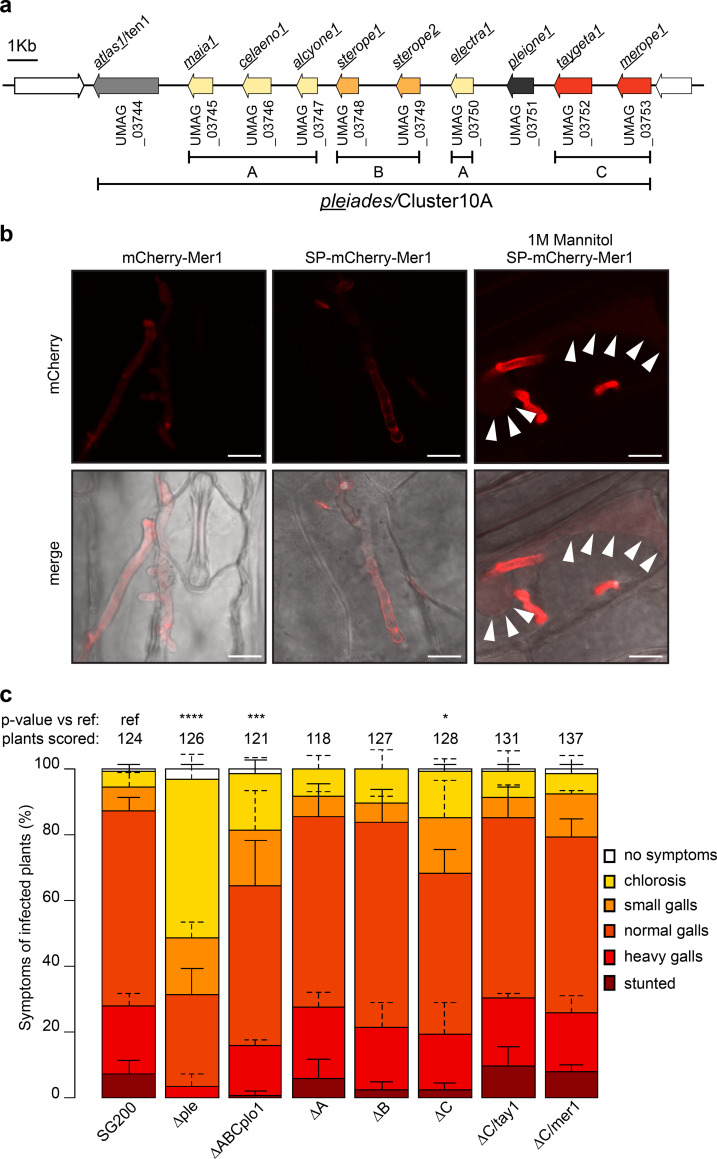Fig 1. Pleiades, a cluster of secreted proteins contributes to the virulence of U. maydis.
a. Schematic representation of the cluster 10A/Pleiades on chromosome 10 of U. maydis. Paralogous genes are represented with the same color and assigned to different families (A, B, C). Genes neighboring the cluster, which do not contain a predicted secretion signal, are shown in white. b. Secretion of Mer1 during maize infection. Left: plants infected with a strain expressing mCherry-Mer1 (without its secretion signal) show a diffuse mCherry signal, without accumulation in the periphery of the hyphae. Center: plants infected with a U. maydis strain expressing SPMer1-mCherry-Mer1 show mCherry signal mainly at hyphal tip and periphery. Right: plants infected with a strain expressing SPMer1mCherry-Mer1 and plasmolyzed with mannitol show accumulation of the mCherry signal in the hyphae as well as the apoplastic space. Arrowheads: plasma membranes of plasmolyzed maize cells. Upper panels: mCherry fluorescence, lower panels: bright field-mCherry merge. Scale bar = 10 μm. Pictures were taken 3–4 dpi. c. Disease symptom scoring of maize seedlings infected with U. maydis. SG200 (progenitor strain) or its derivative strains harboring complete or partial deletion of the pleiades cluster and their ectopic complementations were infected in seven-day old seedlings, and disease symptoms were rated 12 dpi. Data represent mean ± SD from three independent experiments, n = total number of scored plants. Significant differences between strains were analyzed by the Fisher’s exact test with Benjamini-Hochberg correction for multiple comparisons (*p<0.05, ** p<0.01, *** p<0.001, **** p<0.0001).

